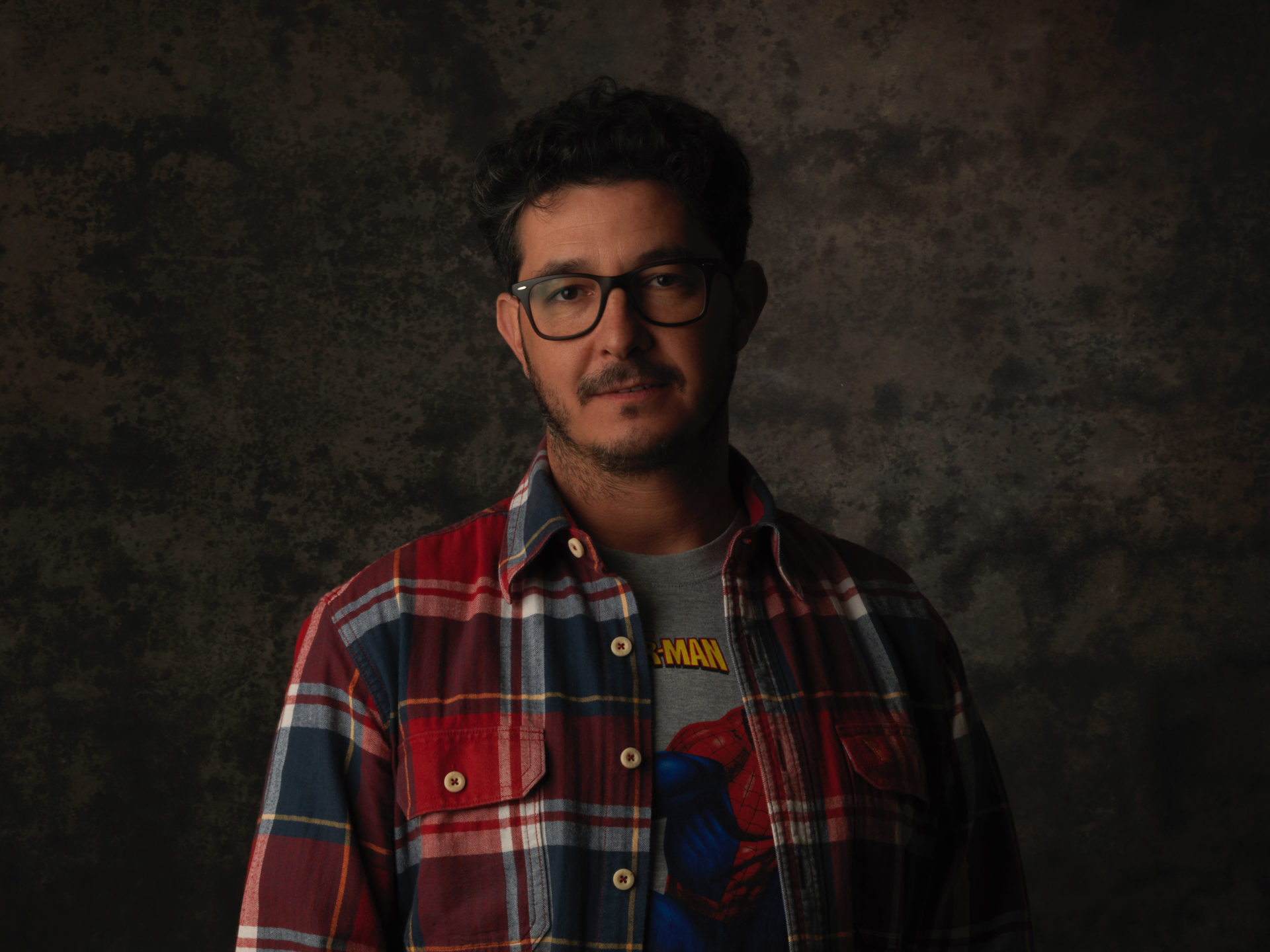Badde Nigolosu is our Cru, a natural amphitheater on the highest hills in the in the Sennori’s Town. Badde Nigolosu is a sub-zone of Romangia and our own property.
In Sennori wine is not a fashion. Elderly in living memory have always known vineyards and olive groves; this is why it is still possible to find vineyards which are more than a hundred years old. The land is hilly. The altitude is 250 metres above sea level. The soil composition is in prevalence calcareous (Organogenic limestones, calcarenites, sandstones and conglomerates of Miocene), therefore it has a yellowish-white colour.
The vegetation is constituted by olive trees, vineyards, mediterranean “macchia” (carob, wild olive and laurel, myrtle, mastic, phillyrea, arbutus, the buckthorn, and holly), prickly pears or “indian figs” (figu morisca), fig trees.Rich is the fauna that inhabits Badde Nigolosu: hawks, buzzards, foxes, hedgehogs, hares, wild boars.
Today’s vineyards are the same as they were in the past: Sardinian low vines without irrigation and with a density of 5,000/7,000 plants per hectare. Low wine. Because it was cheaper to plant, but also because the hilly lands above the sea benefit from mistral.
Tenute Dettori have been cultivating the earth and the vine from time immemorial. We also grow grain and vegetables, and tend fruit and olive trees. All of the operations in the vineyard and in the cellar are carried out by us, in particular, by hand. There are no pre-defined calendars and above all no standard winemaking practices guides. For us, our winery is not composed of vineyard blocks but of myriads of individual berries.
At Badde Nigolosu, we preserve and protect the centuries-old, intimate bond between the people and their environment, each of which has shaped and nourished the other here in Romangia.
Our everyday life is founded on common-sense agriculture, conscious as we are that everything springs from the earth. Our land must then be kept rich in humus, loose-textured, well-structured, and well-drained to ensure that the vines, nourishing themselves naturally in the vineyard humus, with no external “help,” will function to their optimal capacity. Vines, animals, and human beings live and carry out the responsibilities that nature has given them, each capable of yielding exceptional fruits, that together form a “harmonic unicum.”
Our technique to decide whether the grapes are ready to be harvested is rather simple: «walking through the vineyard and chew grapes». As grapes is cut, with venerable treasured scissors, and put into boxes, we bring it in the cellar where it is processed immediately. The transport is made with a refrigerator truck. Simple, traditional, Sardinian. Designed and built only and exclusively for wine and not for guided tours; its design and functioning are simply the extension of the natural works carried out in the vineyard. It was constructed totally underground, following years of observation and analysis. The construction excavation was left open for three winters, in order to judge its stability and any possible water infiltration. This made possible the optimal location of the winemaking area and of the bottle ageing area. The cellar boasts natural climate control, thanks to walls that are 2-3 metres thick. The grapes, must, and wine are all moved by gravity flow. Cement vats host the fermentations and maturations. Electrical energy is used only for de-stemming and for the bottling equipment. Although it is underground, the cellar can be seen until sunset. Our prunings, grape stems, and pomace are all returned to the earth. We have reduced the weight of our bottles, and we try to use recycled materials for the other packaging materials. The utilisation of printed catalogues and brochures has been reduced to a minimum.


